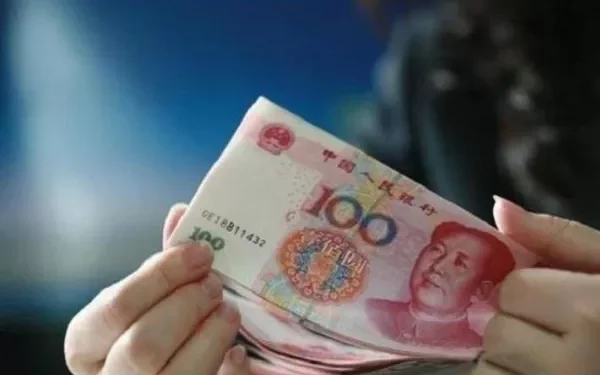The Central Bank of China One Yuan 1936 stands as a testament to the rich history and economic evolution of China during the early 20th century. In this article, we delve into the intricacies of this iconic currency note, exploring its historical context, design elements, and the economic landscape of the time.
The Birth of the One Yuan 1936
The issuance of the Central Bank of China One Yuan 1936 marked a pivotal moment in the country’s financial history. As China sought to modernize its
economy and establish a stable financial system, the introduction of this currency played a crucial role. The year 1936 was a period of economic reforms and efforts to standardize the currency system, making the One Yuan 1936 a significant milestone in China’s financial journey.
Design and Symbolism
The intricate design of the One Yuan 1936 reflects the cultural and historical identity of China. Each element on the banknote carries symbolic significance, from the choice of colors to the depiction of notable figures. The portrait of Sun Yat-sen, a key figure in China’s revolution, graces the front of the note, symbolizing the nation’s commitment to its revolutionary ideals. The use of traditional Chinese motifs further reinforces the cultural heritage embedded in the currency.
Economic Landscape of 1936
To understand the importance of the Central Bank of China One Yuan 1936, it is essential to examine the economic conditions prevailing at the time. China was undergoing a period of political and economic instability, with the threat of Japanese invasion looming large. The issuance of a standardized currency aimed to bring stability and trust to the financial system, providing a foundation for economic growth amidst challenging circumstances.
Role in Economic Stability
The One Yuan 1936 played a vital role in fostering economic stability during a tumultuous era. As the official currency of the Republic of China, it facilitated trade and transactions, enabling the government to exert greater control over the monetary system. The issuance of a standardized currency also helped curb inflation, providing a basis for economic stability in the face of external pressures.
Artistry and Craftsmanship
Beyond its economic significance, the One Yuan 1936 is a work of art that reflects the craftsmanship of its time. The intricate details, watermarks, and security features showcase the dedication to creating a currency note that was not only functional but also aesthetically pleasing. The blend of artistry and functionality in the design of the One Yuan 1936 underscores its importance as a cultural artifact.
Global Impact and Recognition
The Central Bank of China One Yuan 1936 garnered international recognition, not only for its economic implications but also for its unique design. Collectors and historians worldwide value this currency note for its historical significance and the artistry encapsulated within its dimensions. Its recognition extends beyond borders, solidifying its place in numismatic circles and museums around the globe.
Legacy and Collectibility
Today, the One Yuan 1936 has become a sought-after collector’s item, a tangible piece of history that encapsulates the spirit of a nation at a crucial juncture. The rarity of well-preserved notes adds to their allure, making them valuable not only in monetary terms but also as artifacts that connect us to a bygone era. The legacy of the One Yuan 1936 endures through the hands of collectors and the pages of numismatic history.
See Also: Exploring the Dynamics of Yuan Trading in the Global Market
Challenges and Controversies
While the One Yuan 1936 is celebrated for its historical significance, it is not without its controversies. Some critics argue that the issuance of a standardized currency was a political move aimed at consolidating power rather than a genuine effort to stabilize the economy. Examining the political and economic climate of the time sheds light on the challenges and debates surrounding the introduction of the One Yuan 1936.
Preservation Efforts and Conservation
As the years pass, preserving the Central Bank of China One Yuan 1936 becomes increasingly important. Many of these historic banknotes are delicate and prone to deterioration. The numismatic community and institutions dedicated to cultural preservation play a vital role in ensuring that these artifacts are conserved for future generations. Advances in conservation techniques and technologies contribute to the ongoing efforts to protect and maintain the integrity of these invaluable pieces of history.
Conclusion
In conclusion, the Central Bank of China One Yuan 1936 is more than a mere currency note; it is a symbol of China’s resilience, economic aspirations, and cultural heritage. As we delve into its history, design, and impact on the economic landscape, we gain a deeper appreciation for the significance of this iconic banknote. The One Yuan 1936 stands as a testament to a nation’s journey through challenges, showcasing the enduring power of currency to encapsulate the spirit of an era.
Related Topics:
What is Chinese Money Called:A Comprehensive Overview
The Value of 1 Yuan: Understanding China’s Currency
Understanding the Renminbi Exchange Rate: A Comprehensive Guide


























